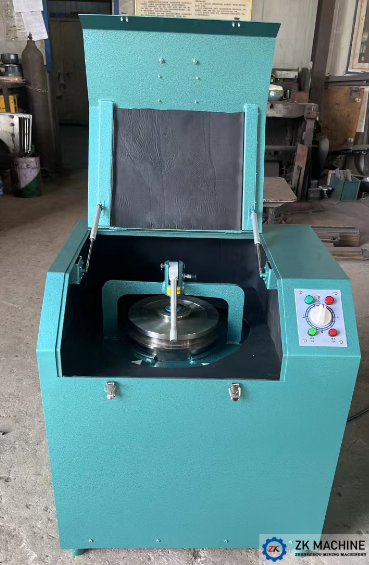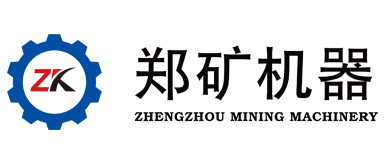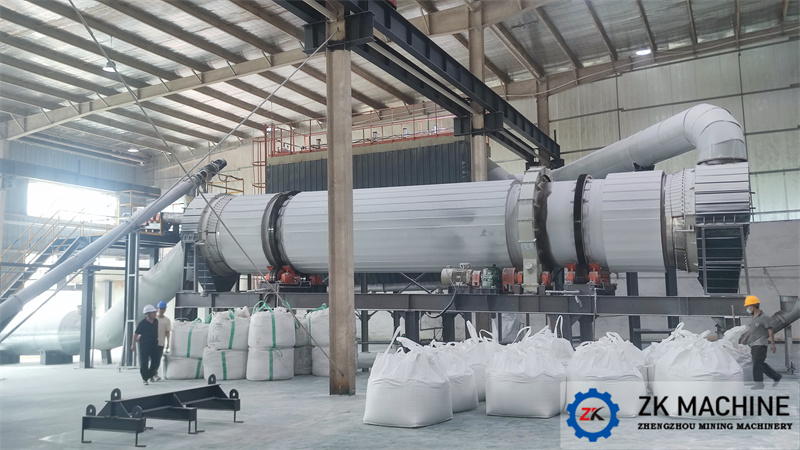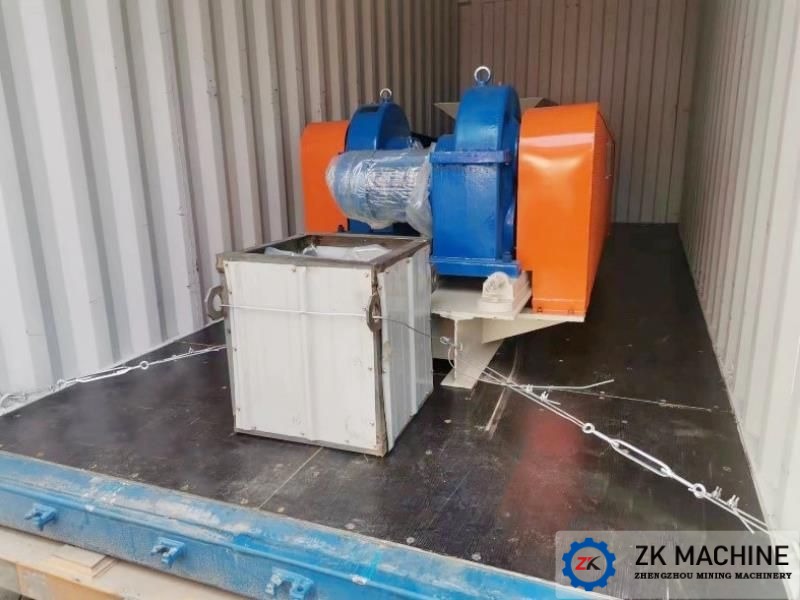Cup Mill: An Efficient and Reliable Solution for Laboratory Sample Preparation
In laboratory operations within the mining, geology, metallurgy, coal, building materials, chemical, and scientific research sectors, sample preparation is a fundamental yet critical step. The fineness, efficiency, and cleanliness of the pulverized sample directly impact the accuracy and reliability of subsequent analytical results. Addressing this need, the Cup Mill (e.g., Model GJ-1B) has become an ideal choice for many laboratories seeking to enhance sample pre-processing efficiency, owing to its mature design philosophy and stable performance.

Efficient Grinding, Significantly Reducing Preparation Time
The equipment employs a proven vibration grinding principle. Its core power system is driven by an electric motor, generating controlled centrifugal and vibrational forces through a precisely designed eccentric hammer. This energy is efficiently transferred to the grinding component – the sealed grinding bowl assembly containing the sample material, crushing rings, and crushing hammers. Within this environment, the material undergoes high-frequency impact and grinding from the crushing rings and hammers, while particles also collide with each other. This process enables materials such as coal, coke, gangue, limestone, and various hard non-metallic ores to be uniformly pulverized to a fineness range of 100-200 mesh within a remarkably short 3 to 5 minutes. When utilizing higher-grade bowl materials (such as tungsten carbide, zirconia, or agate), the pulverizing fineness can be further increased to 300-400 mesh, meeting requirements for higher precision assays and enabling immediate use of prepared samples.
Diverse Materials, Precisely Suited for Different Requirements
The grinding bowl assembly, as the core component of the pulverizing process, is crucial. Its material selection directly influences the grinding effectiveness, sample purity, and equipment lifespan. This machine offers a wide range of bowl material options to meet different material characteristics and experimental requirements:
General Applications: High-manganese steel, wear-resistant alloy, and high-chromium steel (stainless steel) bowls offer good wear resistance and cost-effectiveness, suitable for most mineral samples.
High Purity Requirements: Ceramic, zirconia, and agate bowls effectively prevent contamination from metal elements, particularly suitable for analytical fields demanding extremely high sample purity (e.g., precious metal detection, specific chemical, food, and pharmaceutical analyses).
Processing Ultra-Hard Materials: Tungsten carbide bowls, with their exceptional hardness and wear resistance, are specifically designed for pulverizing extremely hard ores.
Users can scientifically select the most appropriate bowl material based on the hardness and chemical properties of the material being processed, specific requirements for sample cleanliness, and cost considerations, ensuring an effective and reliable grinding process.
Robust Structure, Stable Operation, Ensuring Safety
Vibration generated during equipment operation is effectively controlled and managed through a meticulously engineered structure:
1. Stable Foundation: The housing constructed from cold-rolled steel plates and the base welded from section steel provide solid support.
2. Dual-Stage Damping System:
High-Quality Springs: Utilizing high-strength, high-performance springs as the primary damping elements to effectively absorb and mitigate main vibrations.
Rubber Buffering: High-performance damping rubber mounts installed at the base bottom provide secondary buffering, further inhibiting equipment displacement and reducing operational noise, ensuring stable operation on level surfaces.
3. Safety Design: The enclosed supporting steel structure enhances overall rigidity and constrains vibration amplitude. The quick-eccentric pressing mechanism securely fixes the grinding bowl onto the vibrating plate, preventing loosening during high-speed operation. Equipment safety grounding is emphasized, and the installation of comprehensive circuit protection devices (e.g., overload, overheat, leakage, short-circuit protection) is recommended.
Convenient Operation, Standardized Maintenance
Clear Operating Procedure: The equipment operation sequence is well-defined (open cover, load sample, press tight, start machine, retrieve sample). Users can empirically adjust grinding time based on material hardness.
Reliable Pressing: The eccentric pressing lever design ensures simple yet secure bowl fastening.
Defined Maintenance Points: Emphasizes routine pre-operation checks of fasteners, bowl pressing status, and sealing integrity. Periodic maintenance recommendations are clear, such as monitoring spring condition (recommended replacement during annual maintenance), cable integrity (recommended inspection every six months, replace as needed), and wear on the bowl interior (replace promptly if pitting or unevenness appears), ensuring long-term stable operation.
Dry Grinding Operation: Clearly states the equipment is designed for dry grinding. For samples with high moisture content, pre-drying at approximately 105°C is recommended to achieve optimal grinding results and prevent material adhesion to the bowl.
Wide Application, Supporting Research and Quality Control
The Cup Mill, with its rational design, compact structure, convenient operation, and environmentally clean characteristics, is widely used in laboratories for geological exploration, metallurgical analysis, coal quality testing, building material inspection, mine evaluation, chemical research and development, as well as various universities and research institutes. Its efficient and reliable performance provides robust support for the sample pre-processing stage in laboratories.
Main Technical Parameters: GJ-1B Cup Mill
Model :GJ-1B
Max. Loading Weight: 200g
Standard Grinding Time: 3 - 5 minutes
Max. Feeding Size: < 5mm
Standard Output Fineness:100 - 200 mesh
(With Optional High-Grade Bowl) :Up to 300 - 400 mesh
Suitable Materials: Coal, coke, gangue, limestone, various hard non-metallic ores
The Cup Mill represents a mature solution within the field of laboratory sample grinding equipment. Its core value lies in efficiency, adaptability, stability, and operational standardization. For professional laboratories prioritizing both the efficiency and quality of sample preparation, it is a reliable device worthy of consideration.




